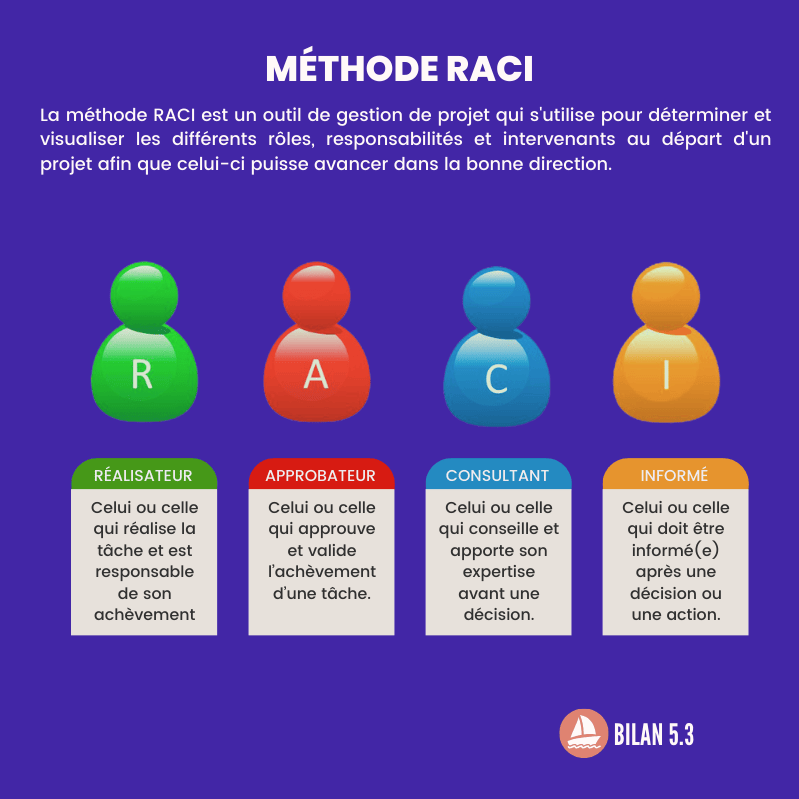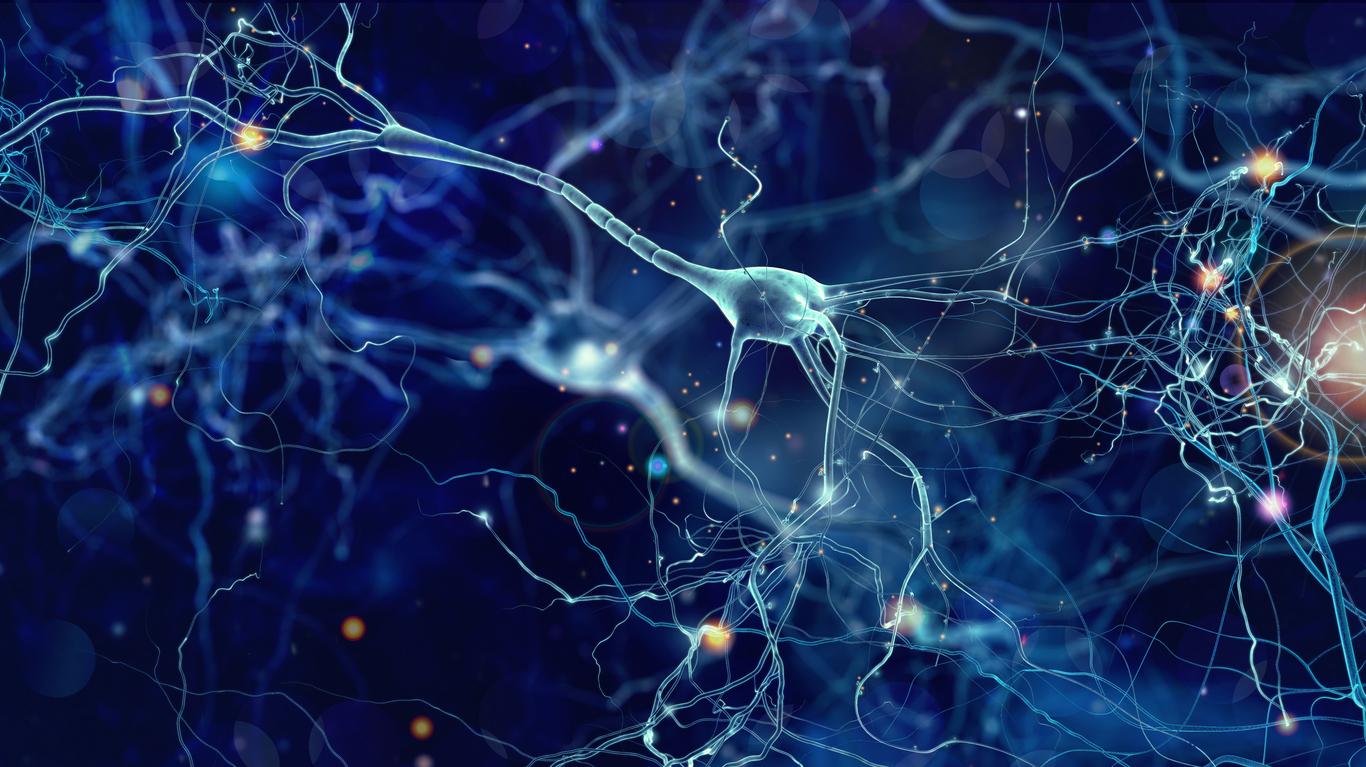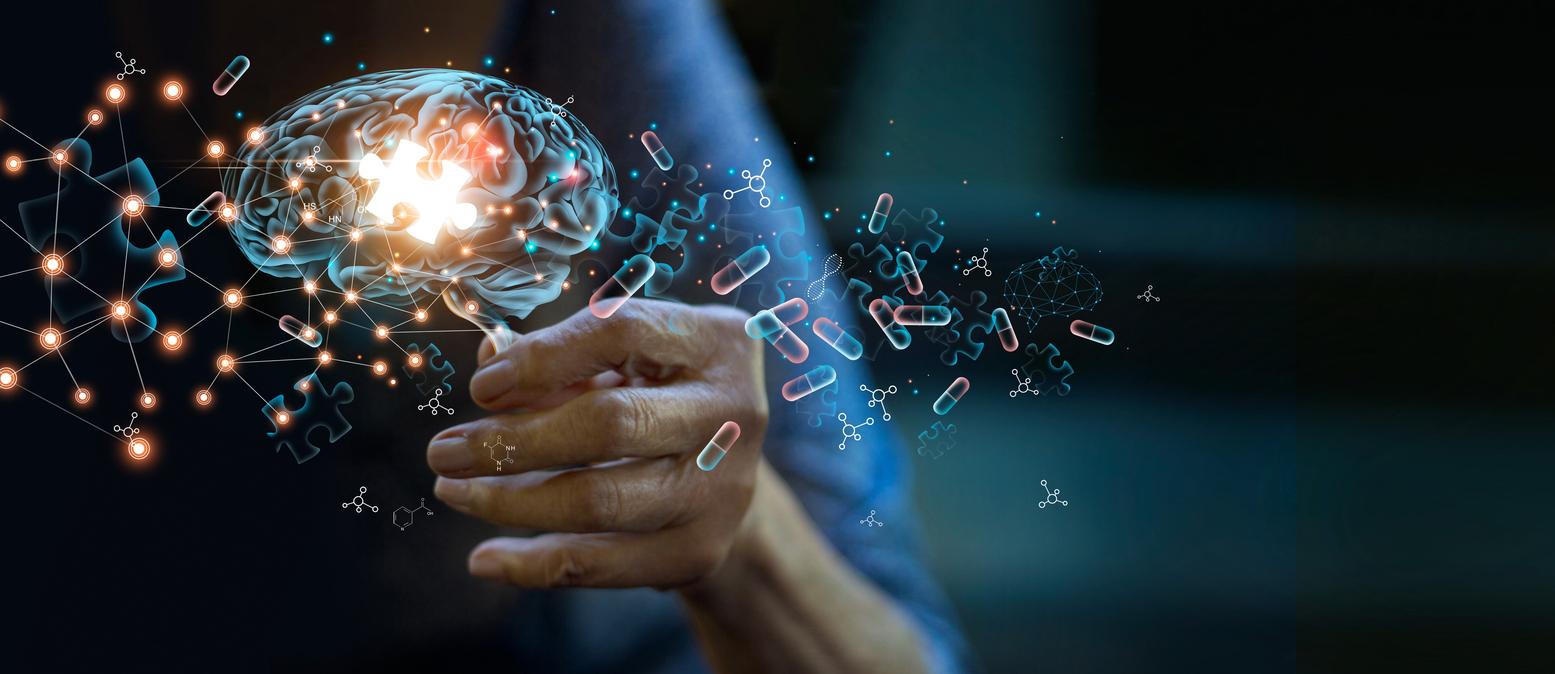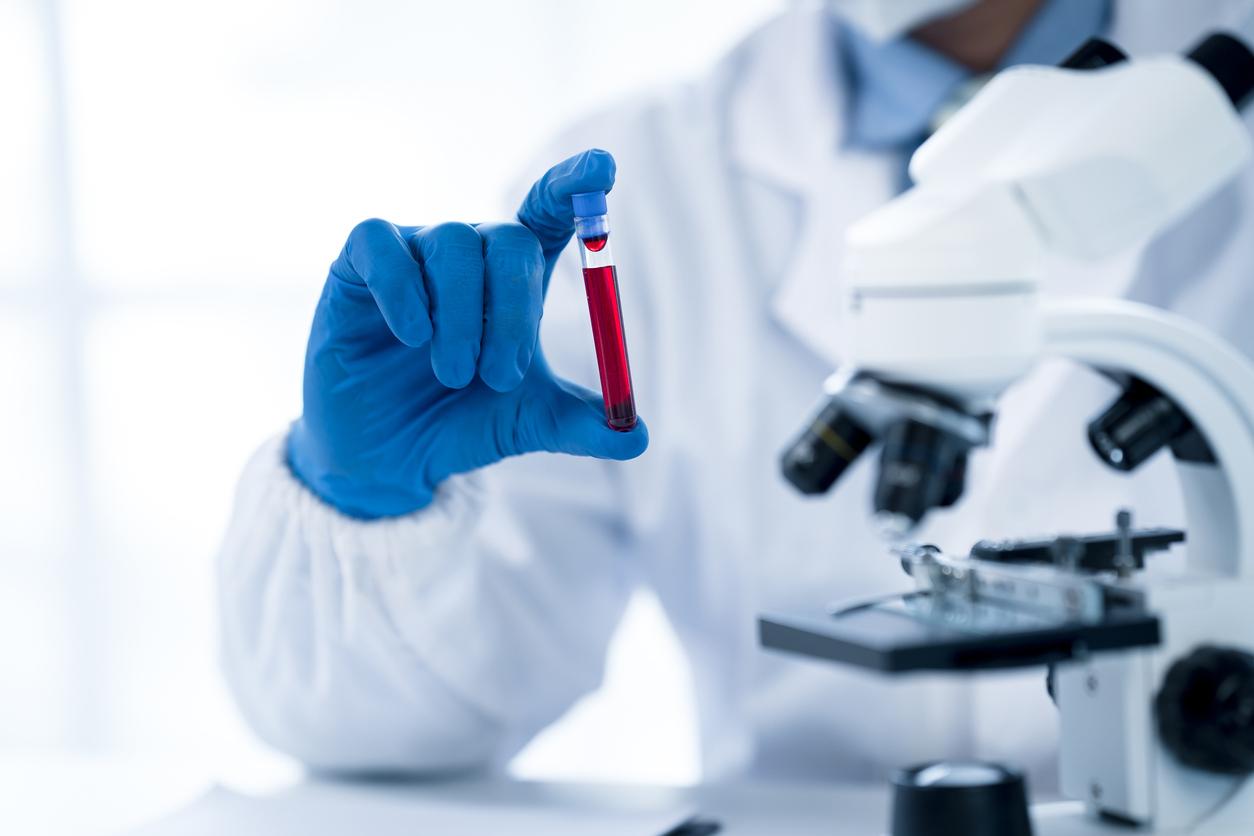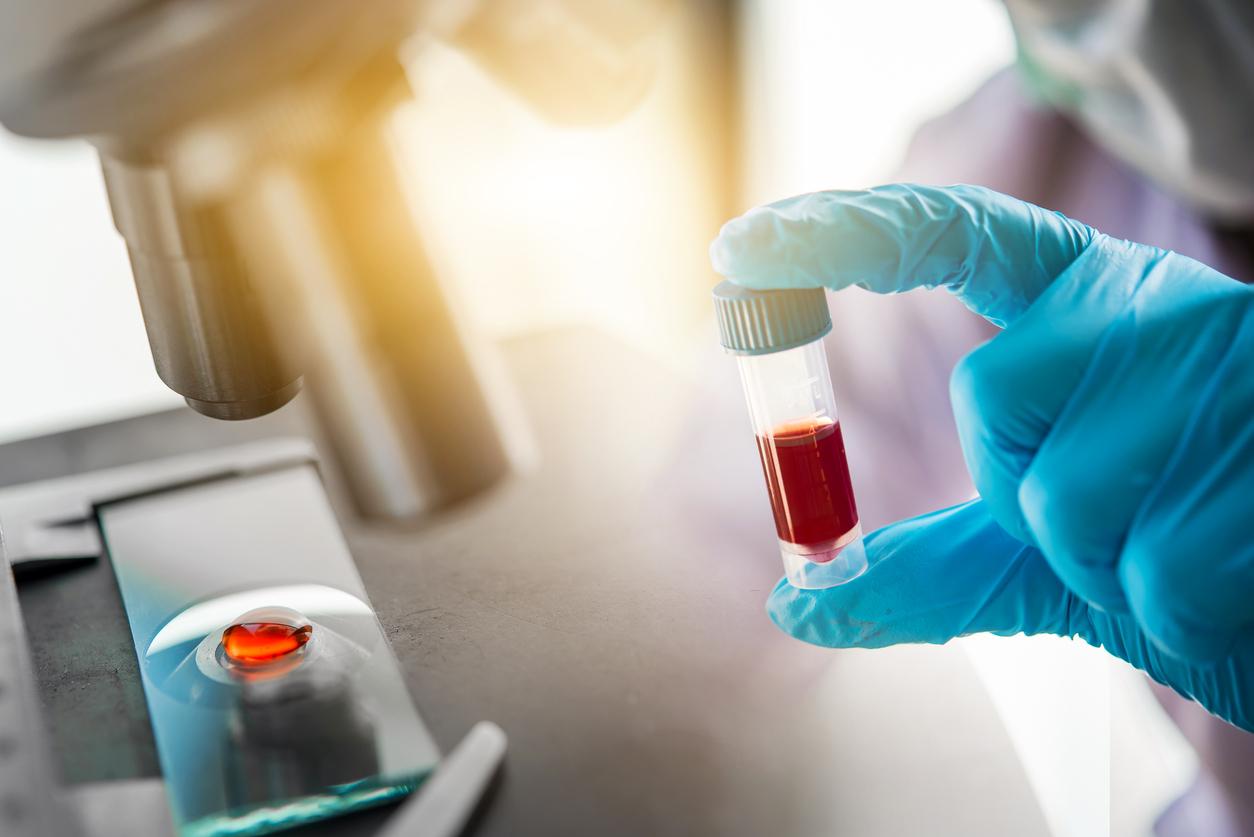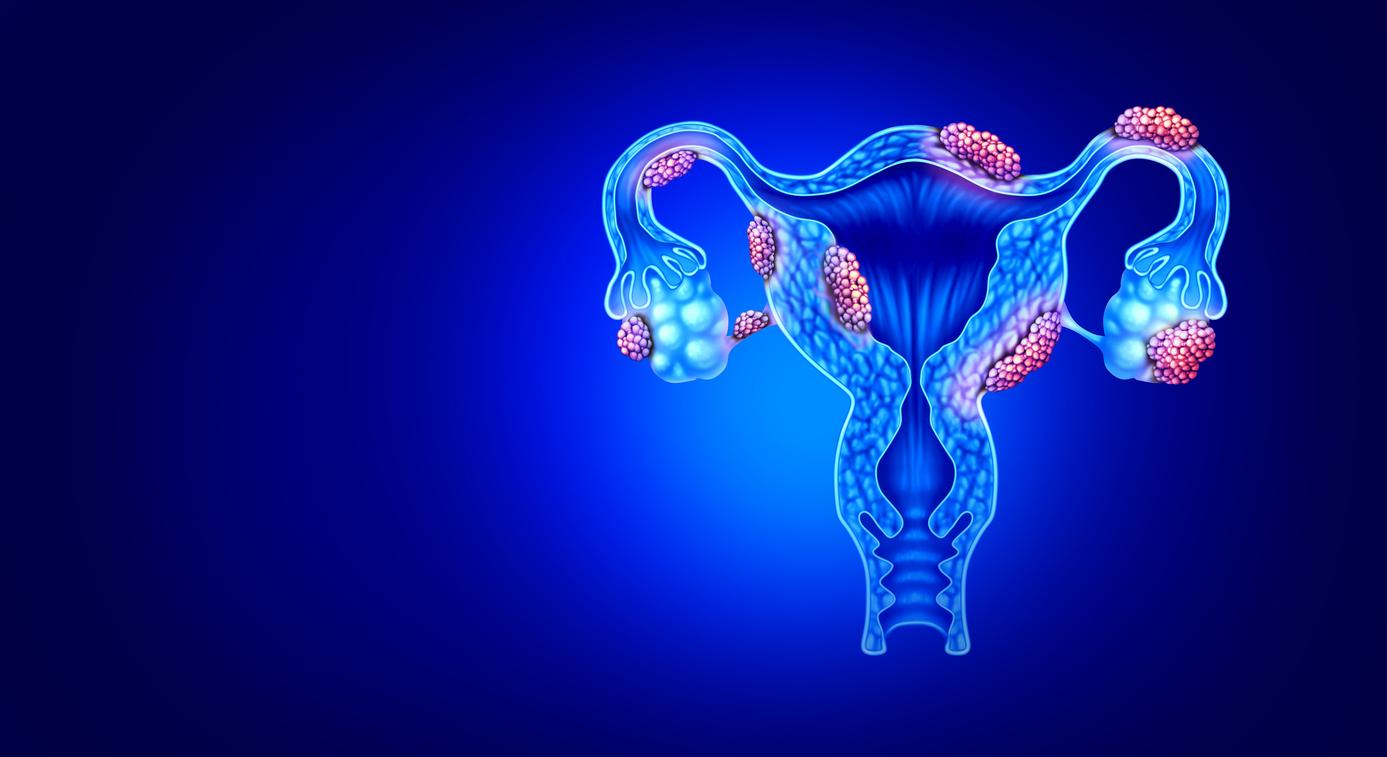American researchers have managed to identify a biomarker making it possible to predict the ability of a neuron to regenerate or not after an injury.
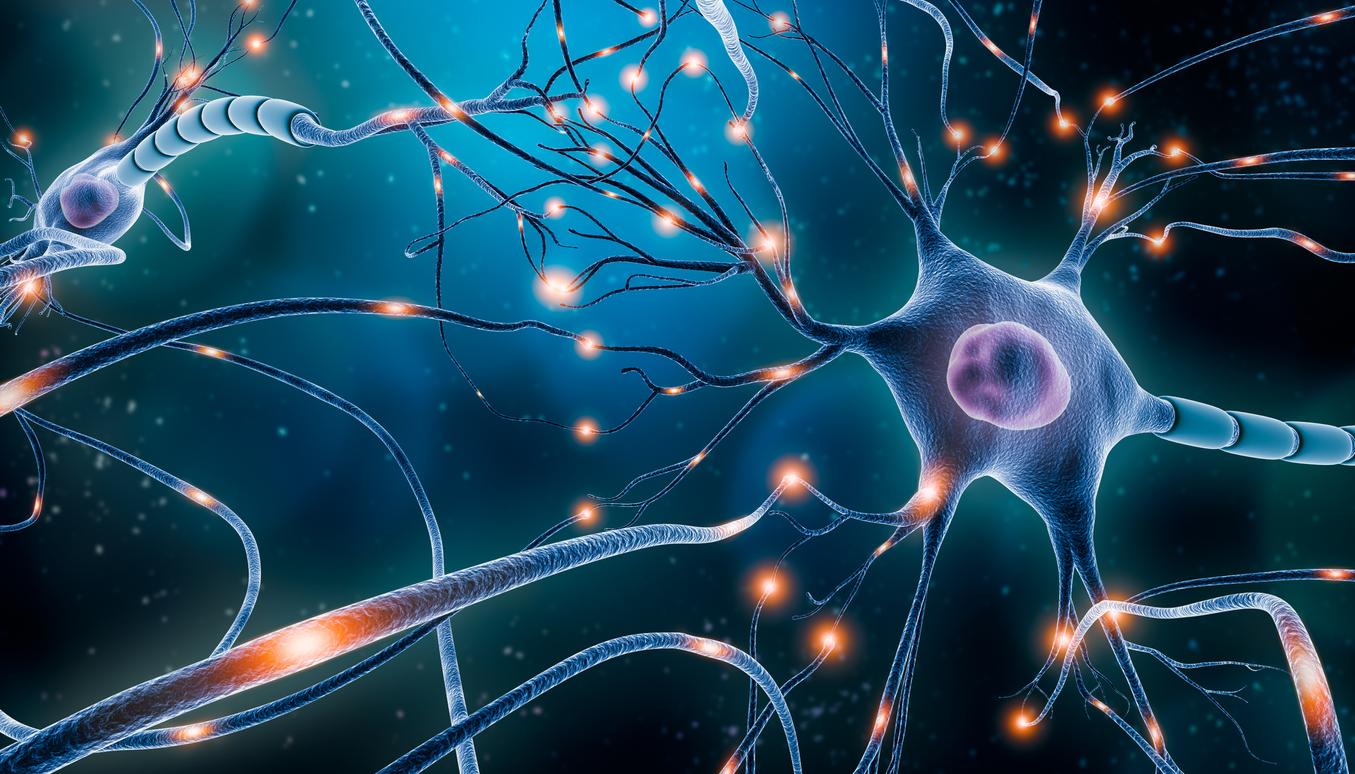
- Researchers in California have identified a new biomarker that can be used to predict whether or not neurons will regenerate after injury.
- To do this, they used single-cell RNA sequencing. This is a method that determines which genes are activated in individual cells.
- The biomarker could ultimately help in the diagnosis and treatment of spinal cord or brain injuries. However, additional studies are needed to validate the discovery and lead to new therapies.
Although scientists have made progress in understanding neuronal regeneration, we still do not know why some neurons manage to rebuild themselves after injury while others cannot. However, researchers at the University of California San Diego School of Medicine have just made a significant breakthrough in this area. They identified a new biomarker that can be used to predict whether or not neurons will regenerate after injury.
Neurons: a biomarker allows us to know its regeneration potential
“If you hurt your arm or leg, THE Nerves present can regenerate and it is often possible to achieve complete functional recovery, but this is not the case for the central nervous system.explains Hugo Kim, first author of the study published in the journal NeuronOctober 16, 2023. But, “iRecovering from most brain and spinal cord injuries is extremely difficult because these cells have a very strong regenerative capacity. limited“.
This is why, during his experiment on neuronal regeneration, he studied more precisely the neurons of the tract corticospinal. It is an essential part of the central nervous system involved in the control of movements, whose axons have difficulty recovering from injury. His team took those from mice with spinal cord injuries and subjected to molecular techniques known to promote their regeneration. Only some cells managed to reconstitute themselves.
By comparing the sequencing data of theRNA single cell of regenerated neurons and non-regenerated neurons, the researchers were able to identify a “specific molecular fingerprint”. This biomarker, called Regeneration Classify allows you to determine the ability of a neuron to repair itself.
Spinal cord: one possible progress for regenerative therapies
The discovery of this new biomarker, capable of predicting the regenerative capacity of a neuron, could ultimately help scientists develop regenerative therapies for spinal cord injuries and other neurological conditions. However, it should be noted that this work is still at a preliminary stage and will require additional studies to validate its use as a diagnostic or treatment tool.
“There are still many obstacles to the use of single-cell sequencing in clinical settings, such as high cost, difficulty in analyzing large amounts of data and, above all, accessibility to the tissues of interest”explains Pr Binhai Zhengsenior author of the study in a communicated. “At the moment we are interested in exploring how we can use the Regeneration Classify in scientific contexts to predict the effectiveness of new regenerative therapies and help bring these treatments closer to clinical trials”he concludes.




